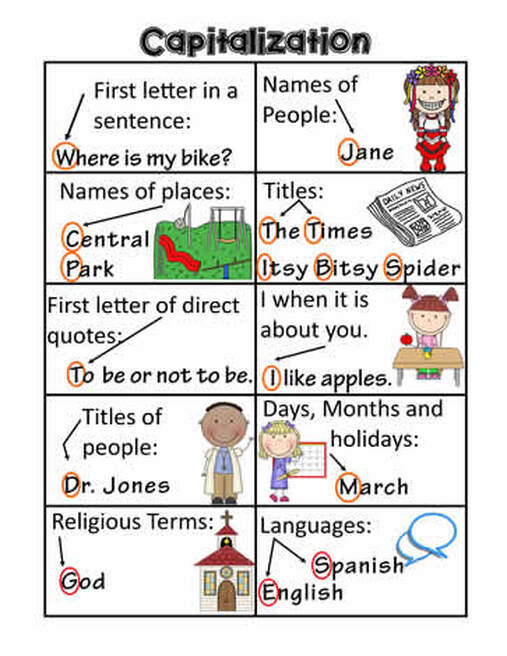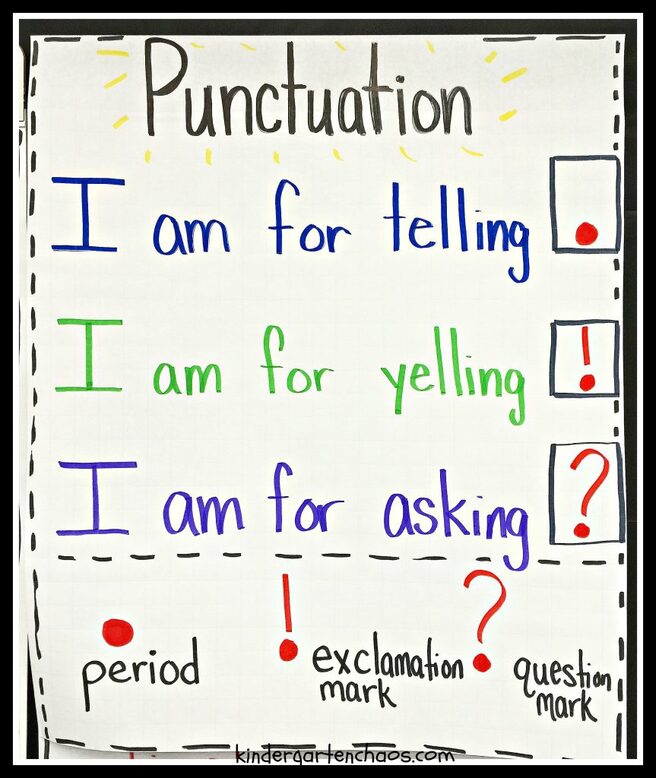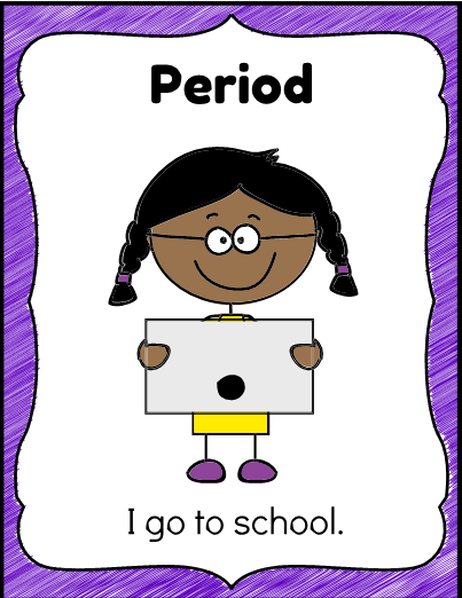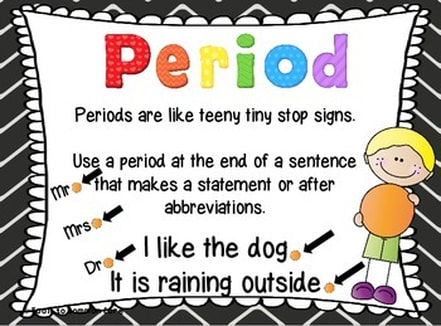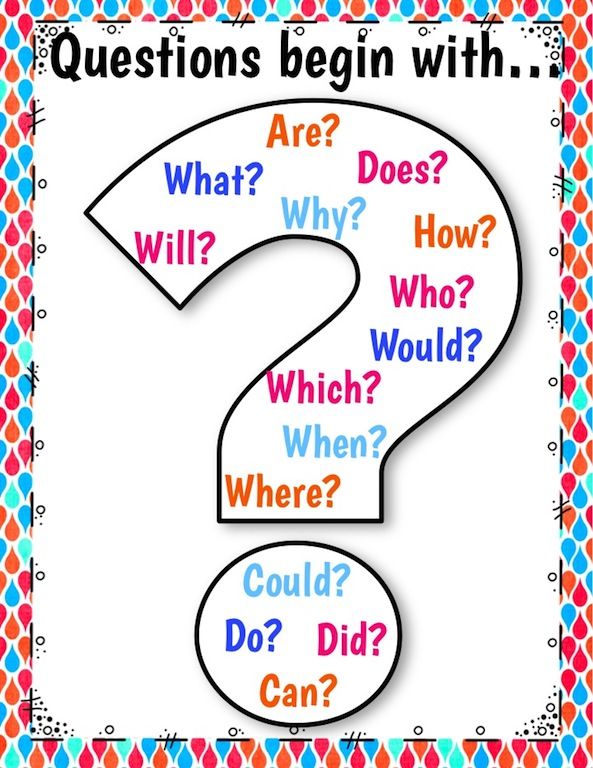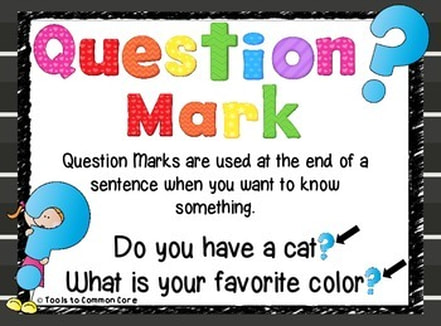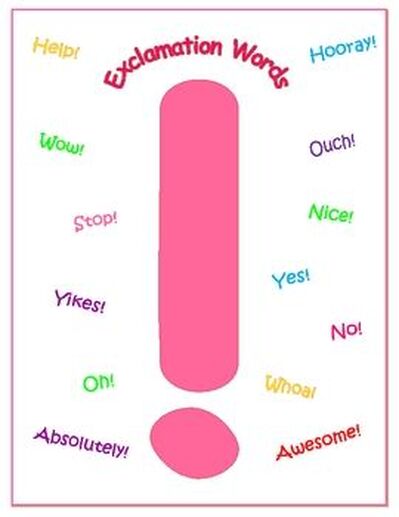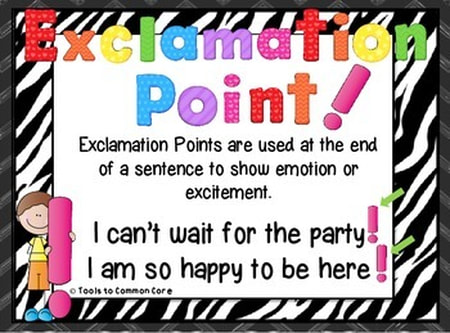Commonly Tested Standards Covered
ELA.EE.L.6.2.b Spell untaught words phonetically, drawing on letter-sound relationships and common spelling patterns.
ELA.EE.L.7.2.a Use end punctuation when writing a sentence or question.
ELA.EE.L.7.2.b Spell words phonetically, drawing on knowledge of letter-sound relationships and/or common spelling patterns.
ELA.EE.L.8.5.a Demonstrate understanding of the use of multiple meaning words.
ELA.EE.L.7.2.a Use end punctuation when writing a sentence or question.
ELA.EE.L.7.2.b Spell words phonetically, drawing on knowledge of letter-sound relationships and/or common spelling patterns.
ELA.EE.L.8.5.a Demonstrate understanding of the use of multiple meaning words.
Initial Precursor and Distal Precursor Linkage Level Relationships to the Target
ELA.EE.L.6.2.b Spell untaught words phonetically, drawing on letter-sound relationships and common spelling patterns.
How is the Initial Precursor related to the Target?
Research suggests that the first letter most children learn to recognize is the first letter of their first name. Over time, they learn to identify and use more letters and eventually associate those letters with sounds in decoding and spelling. Teachers can work on the Initial Precursor skill by asking students to sign their name to their writing each time they write.
How is the Distal Precursor related to the Target?
As students learn more about selecting topics, generating ideas, and using the alphabet to write, they begin to string together letters into word-like strings. They are not yet demonstrating understanding of letter-sound relationships, but they consistently write or select strings of letters when asked to write about the topics they choose.
DLM Website: https://dynamiclearningmaps.org/sites/default/files/documents/ELA_EEs/ELA.EE.L.6.2.b_Instructions.pdf
ELA.EE.L.6.2.b Spell untaught words phonetically, drawing on letter-sound relationships and common spelling patterns.
How is the Initial Precursor related to the Target?
Research suggests that the first letter most children learn to recognize is the first letter of their first name. Over time, they learn to identify and use more letters and eventually associate those letters with sounds in decoding and spelling. Teachers can work on the Initial Precursor skill by asking students to sign their name to their writing each time they write.
How is the Distal Precursor related to the Target?
As students learn more about selecting topics, generating ideas, and using the alphabet to write, they begin to string together letters into word-like strings. They are not yet demonstrating understanding of letter-sound relationships, but they consistently write or select strings of letters when asked to write about the topics they choose.
DLM Website: https://dynamiclearningmaps.org/sites/default/files/documents/ELA_EEs/ELA.EE.L.6.2.b_Instructions.pdf
Initial Precursor and Distal Precursor Linkage Level Relationships to the Target
ELA.EE.L.7.2.a Use end punctuation when writing a sentence or question.
How is the Initial Precursor related to the Target?
Using correct ending punctuation requires an understanding of the symbols themselves as well as their use. Students at the Initial Precursor level are working on understanding that objects have functions so that one day they can identify and use symbols for punctuation. Teachers can work on this by asking students to identify the function of tools used during writing and the function of objects related to the topics they select for writing.
How is the Distal Precursor related to the Target?
In the context of writing, using appropriate ending punctuation is an extension of the concepts about print students learn as they are emerging in their understandings of reading and writing. One specific form of print concept knowledge is understanding that print starts in the upper left corner when reading and writing. Teachers can work on this skill during writing instruction by asking students to show where to start writing. When students use alternate pencils or keyboards, teachers can ask where the first word will go.
DLM Website: https://dynamiclearningmaps.org/sites/default/files/documents/ELA_EEs/ELA.EE.L.7.2.a_Instructions.pdf
ELA.EE.L.7.2.a Use end punctuation when writing a sentence or question.
How is the Initial Precursor related to the Target?
Using correct ending punctuation requires an understanding of the symbols themselves as well as their use. Students at the Initial Precursor level are working on understanding that objects have functions so that one day they can identify and use symbols for punctuation. Teachers can work on this by asking students to identify the function of tools used during writing and the function of objects related to the topics they select for writing.
How is the Distal Precursor related to the Target?
In the context of writing, using appropriate ending punctuation is an extension of the concepts about print students learn as they are emerging in their understandings of reading and writing. One specific form of print concept knowledge is understanding that print starts in the upper left corner when reading and writing. Teachers can work on this skill during writing instruction by asking students to show where to start writing. When students use alternate pencils or keyboards, teachers can ask where the first word will go.
DLM Website: https://dynamiclearningmaps.org/sites/default/files/documents/ELA_EEs/ELA.EE.L.7.2.a_Instructions.pdf
Initial Precursor and Distal Precursor Linkage Level Relationships to the Target
ELA.EE.L.8.5.a Demonstrate understanding of the use of multiple meaning words.
How is the Initial Precursor related to the Target?
Understanding words with multiple meanings requires students to understand language in an abstract way. Working toward this understanding requires that students move beyond words that represent concrete objects and actions. One way to do this is to focus on adjectives or words that describe the objects. In the context of repeated shared reading, teachers can use texts that feature familiar settings and explicitly describe people, objects, and events associated with the settings. As teachers read the text with students, they might gather objects that match those from the book or use the illustrations to support students in understanding the describing words that are used.
How is the Distal Precursor related to the Target?
Understanding that words can have multiple meanings requires students to begin paying attention to the meaning of words they do and do not know. Students working at the Distal Precursor linkage level can work toward this by beginning to recognize when an author is explicitly stating the meaning of the word. Teachers might help students work on this by rereading definitions when they appear in a text and asking students, "What word is the author telling us about?" Teachers might begin a page by telling students that the author is going to define a word, and they should listen to decide which word is being defined.
Instructional Resources
Initial Precursor
Tom's Stories (RL)
Swimming (RI)
Camping Supplies (RI)
Grade 8 Familiar Texts for Instructionally Embedded Model States
DLM Website: https://dynamiclearningmaps.org/sites/default/files/documents/ELA_EEs/ELA.EE.L.7.2.b_Instructions.pdf
ELA.EE.L.8.5.a Demonstrate understanding of the use of multiple meaning words.
How is the Initial Precursor related to the Target?
Understanding words with multiple meanings requires students to understand language in an abstract way. Working toward this understanding requires that students move beyond words that represent concrete objects and actions. One way to do this is to focus on adjectives or words that describe the objects. In the context of repeated shared reading, teachers can use texts that feature familiar settings and explicitly describe people, objects, and events associated with the settings. As teachers read the text with students, they might gather objects that match those from the book or use the illustrations to support students in understanding the describing words that are used.
How is the Distal Precursor related to the Target?
Understanding that words can have multiple meanings requires students to begin paying attention to the meaning of words they do and do not know. Students working at the Distal Precursor linkage level can work toward this by beginning to recognize when an author is explicitly stating the meaning of the word. Teachers might help students work on this by rereading definitions when they appear in a text and asking students, "What word is the author telling us about?" Teachers might begin a page by telling students that the author is going to define a word, and they should listen to decide which word is being defined.
Instructional Resources
Initial Precursor
Tom's Stories (RL)
Swimming (RI)
Camping Supplies (RI)
Grade 8 Familiar Texts for Instructionally Embedded Model States
DLM Website: https://dynamiclearningmaps.org/sites/default/files/documents/ELA_EEs/ELA.EE.L.7.2.b_Instructions.pdf
BrainPOP, Jr.
Anchor Charts
Sentence Correction Activities
